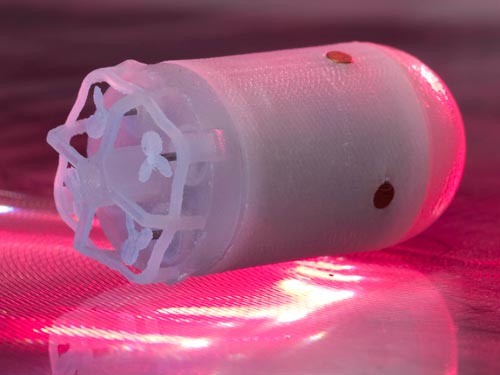The surgeons of tomorrow: Miniaturized robots that go inside you

Before the advent of laparoscopic or keyhole surgery in the 70's, operations such as a stomach bypass or gall bladder removal required large incisions and long periods for recovery. The next chapter further minimizes the invasiveness of surgical procedures via robots that are millimeters in size that infiltrate our bodies through the ears, eyes and lungs, to take tissue samples, deliver drugs, or install medical devices.
Brad Nelson, a roboticist at the Swiss Federal Institute of Technology (EHT) in Zurich, recently told New Scientist; "It's not impossible to think of this happening in five years. I'm convinced it's going to get there."
Hurdles to overcome include the development of new mechanisms for propulsion and power supply on a miniature scale, which are also prerequisites to the loftier idea of nanoscale medical robots swimming in our bloodstream.
New Scientist recently detailed a handful of experimental "medibots" including the ViRob and the Heartlander. Below are some of the images from that article:

A capsule camera driven by tiny propellors used to explore the digestive system (Credit: The Royal College of Surgeons / Scuola Superiore Sant'Anna)